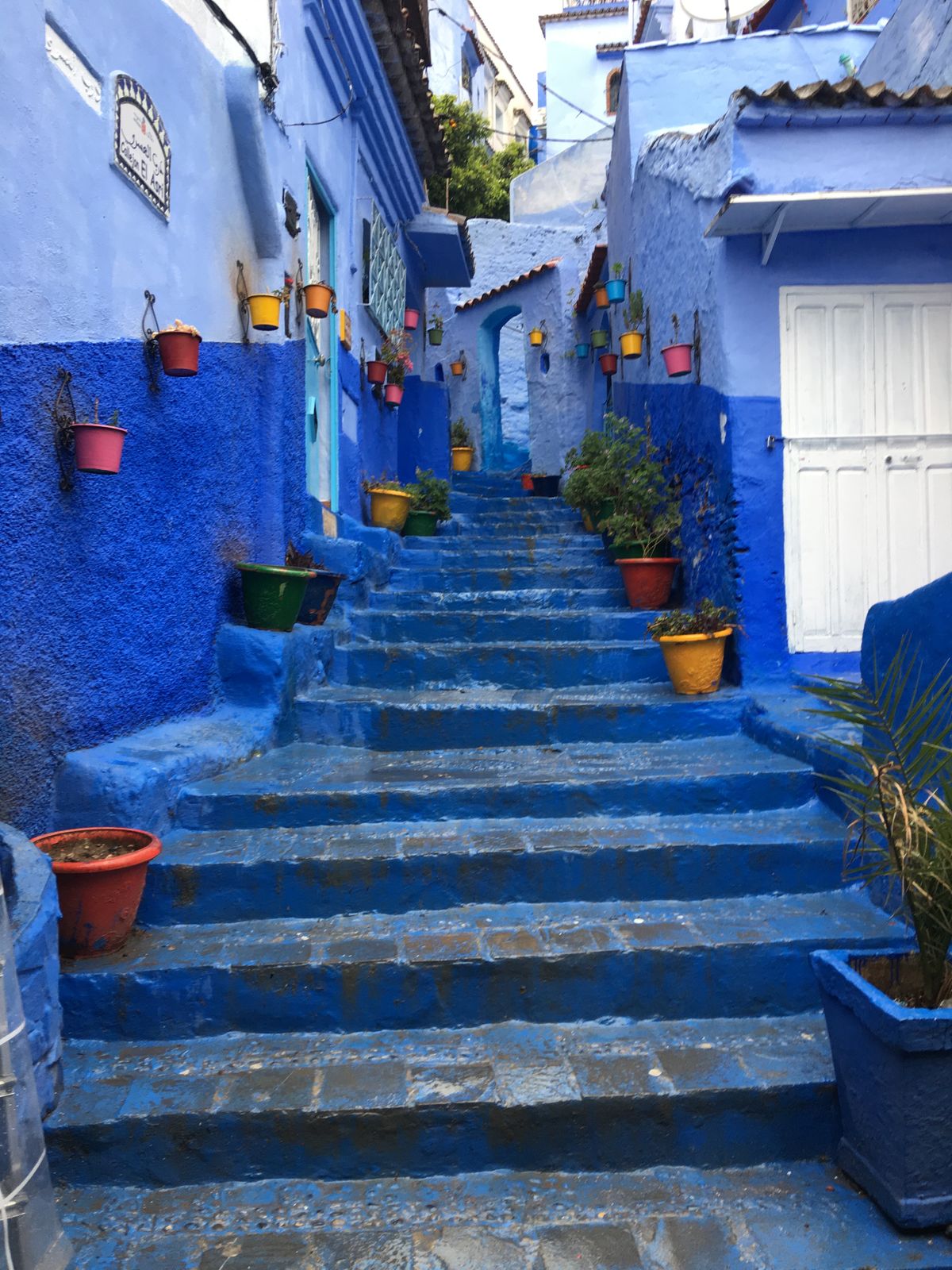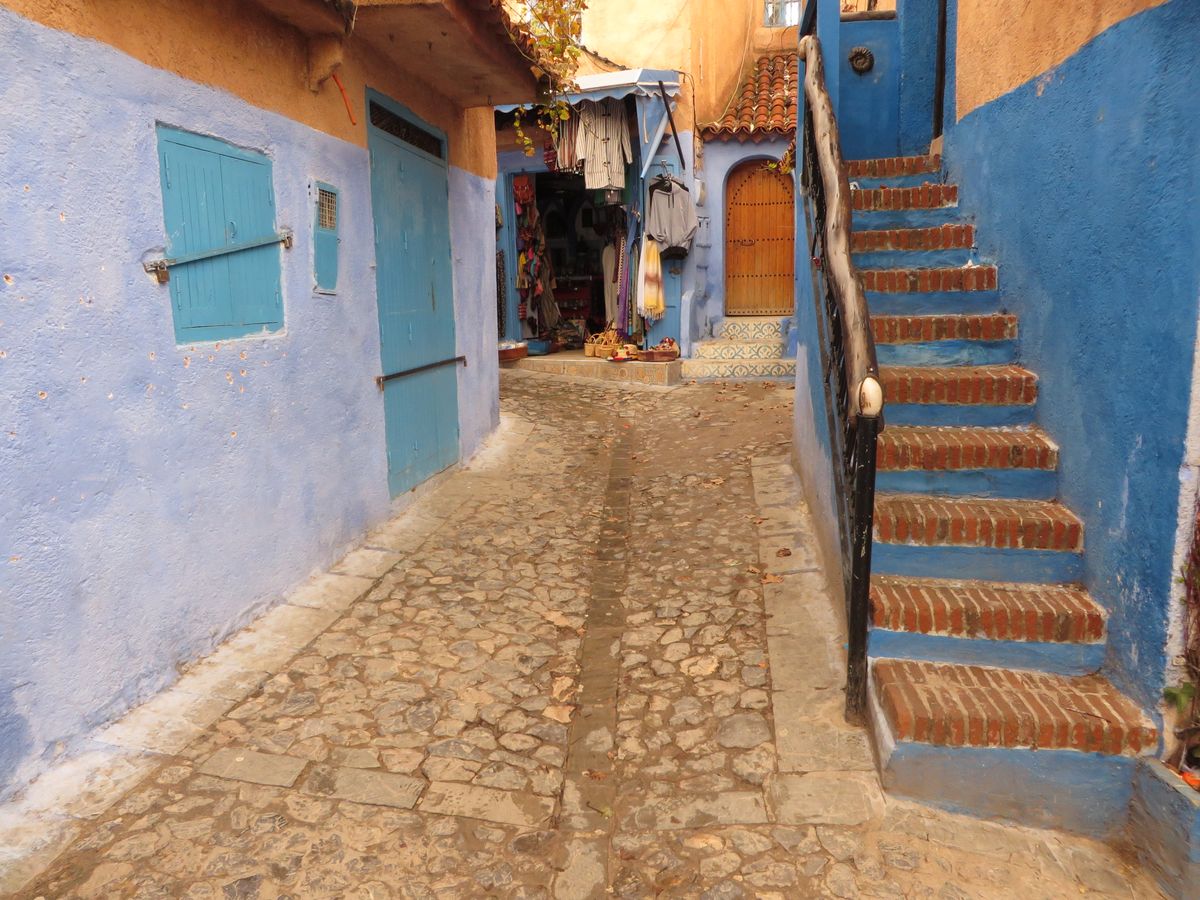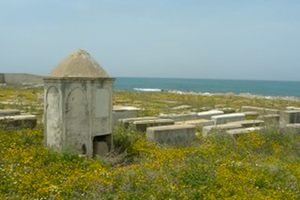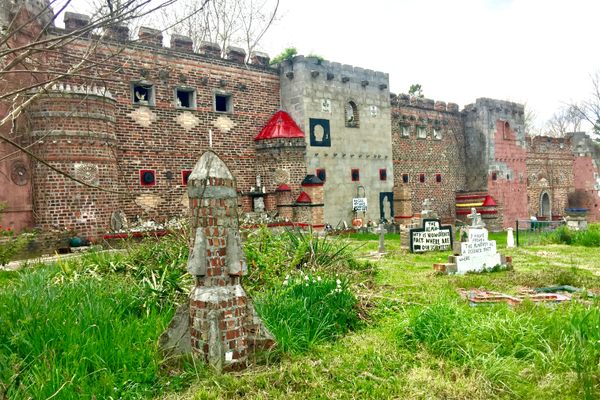About
In Chefchaouen, calls to prayers ring out while hashish smoke lazily climbs toward the skyline. The city is punctuated strongly by the contrast between Moroccan tourist hedonism and pious Islamic practices. However, a lesser-known influence lies beneath the surface yet still in plain sight of all who visit.
Aside from peddlers hawking marijuana from the surrounding region, the most noticeable characteristic of this mountainous town is the facades of buildings, painted in varying shades of blue. Powder blue doors leap out against whitewashed walls and entire alleyways emulate the cloudless sky above.
Although there is little indication of the origins of the beautiful color of the city, it is actually a medieval remnant of a population long lost in the area. During the late 15th century, the Spanish Inquisition forced Muslims and Jews out of Europe. Beginning in 1471, Chefchaouen was founded essentially as a refugee camp with a prominent Jewish influence.
Following in Jewish traditions, the refugees painted their buildings blue as a reminder of the God’s power above. Even as the Jewish population faded in the area and gave way to a stronger Muslim presence, the tradition of blue buildings continued. Today, residents of Chefchaouen still regularly paint their houses, keeping the blue city fresh and the lost tradition alive.
Related Tags
Know Before You Go
Buses are available from Fez, Tangier, Tetouan, and Casablanca. Only the medina, the old section of the city, is painted blue, so ensure your accommodations are in the medina. The modern part of the city is small and underwhelming. "Riads" tend to be the fancier guesthouses. The word "riad" comes from the Arabic word for "garden." They are typically larger and grander than other accommodations.
Flavors of Morocco: Souks, Spices & Saharan Stars
A Moroccan Culinary Adventure from Marrakech to Essaouira.
Book NowCommunity Contributors
Added By
Published
July 13, 2011
Sources
- https://www.adrartravel.com/product/10-days-tour-from-tangier/
- Oddity Central: Chefchaouen - The Blue City of Morocco: http://www.odditycentral.com/pics/chefchaouen-the-blue-city-of-morocco.html
- Wikipedia: Chefchaouen: http://en.wikipedia.org/wiki/Chefchaouen
- Hotel Chefchaouen: Authentic Luxury Travel: http://www.hotel-chefchaouen.com/en/chefchaouen.php












































































